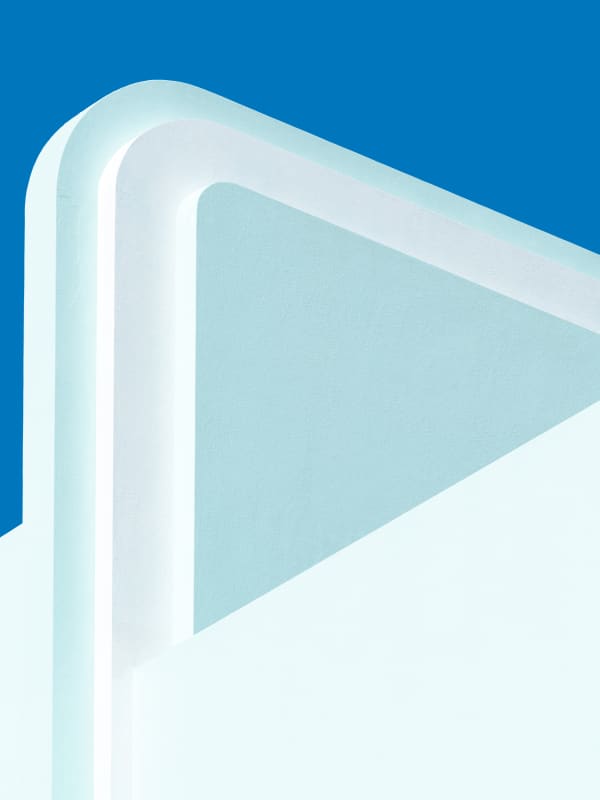[Setter's] flat picture planes, which find abstraction within the commonplace, treat celestial, architectural and earthly elements as equal.
- Excerpt from exhibition essay by Daniel Felsenthal
Jon Setter graduated Masters of Fine Arts from National Art School, Sydney in 2018. His work has been exhibited across Australia and internationally, including solo shows at Galerie Minimal, Berlin (2020), Ballarat Foto Biennale (2023), and Kennedy Contemporary, California (2024).
Awards include the International Color Awards (2018), Luxembourg Art Prize (finalist, 2019), International Photography Awards (finalist, 2019) and Bowness Photography Prize (finalist, 2023). Setter's works are collected across Sydney private collections, including City of Sydney and Museum of Australian Photography, as well as Henry Ford Health in the USA. Two books have been published about his work — The Urban Text and The Ballarat Text — and his next publication on Sydney Beaches is currently in process.
Exhibition essay by Daniel Felsenthal
We project humanity onto beaches. They can be existential, sexy, carefree, familial, debaucherous, nude, social or solitary; they’re also grand, natural wonders that give our small and intricate lives scale. No matter our impulse to imbue these blank stretches of sand and surf with dreams and anxieties: The vastness of water, with its lunar rhythms and lethal riptides, make the concerns of Homo sapiens seem insubstantial. Beaches are a threshold of the unknown, a portal to the rare frontier whose wildness and mystery, however rankled by climate change, is untameable by technology.
Jon Setter (b. Detroit, Michigan, 1989) takes the beach as a chance to notice manmade environments. The New York City-based photographer, who lived in Sydney for a decade, has forged an international reputation based on pictures that reframe details of urban landscapes as fine-tuned compositions of geometry and hue, evoking hard-edged painters as much as his fellow lensmen. In “Sydney Beaches: Saturated Edge,” iconic stretches of Sydney and suburban coastline—Manly, Dee Why, Bronte, Coogee, Maroubra, Narrabeen, Tamarama, Bondi and Palm Beach—become backdrops to both human constructions and the labyrinth of the artist’s mind.
These 15 prints and one video reject the worn trope of the beach as a panorama with a dramatic horizon line and dainty whitecaps. Instead, poignant geographies enable Setter to capture miniature, mighty flourishes: how a shadow settles beside the window trim on a surf club, how a swath of paint bordering a rock pool radiates sunlight. The sky itself serves as another shade in his palette, a shape in his metaphorical scrapbook. Rectangles of cerulean seem carved out of buildings. His flat picture planes, which find abstraction within the commonplace, treat celestial, architectural and earthly elements as equal.
Setter’s oeuvre is often void of people; he shot this specific group of images in 2020 and 2021, which means that their emptiness smacks of COVID lockdown. Several photographs feature wetsuits, hanging out of windows like reminders of residents isolating beyond the walls of waterfront property. Setter may have documented the deprivations of a just-bygone era, yet the depth of his observation also implies a perpetual predicament: the loneliness of an expat who has established himself in a new country but nonetheless stands apart, a permanent observer watching through a liberated, independent viewfinder. And his wetsuits are also playful disruptions of geometric order, curvy forms straddling the figurative and the biomorphic that attract our eyes, their damp neoprene brightened by a New South Wales glare. We bring our own humanity to such photos, even as they play with their medium’s breadth, asking us to understand photography as a study in colour and a phenomenon of light and its absence, as opposed to a vehicle of depiction.
Setter’s focus on civilization is deceptive, because his nonhierarchical renderings never tell us where to direct our attention, nudging us instead to navigate complementary and contrasting features. His vistas of the particular speak to a universal impulse to organize visual space, and at the same time, they refuse our attempts to force an artificial order on art that relies on intrinsic balance. This work respects the beach, not as a stunning habitat to be admired, but as a reality that impacts our ability to see and to live. We remember how oceans determine the atmosphere—aside from their myriad and weighty global effects, their salt and moisture oxidize local houses and automobiles and their breezes cool the nearby air.
Setter suggests a symbiosis within the optic, understanding that seeing differently can be the beginning of living mindfully. By waiting until the sun projects a precise glow onto the manmade, he sets himself up as a patient conduit, even as his painterly skill accentuates interplays of tone and texture. Of course this forbearance is key for surviving a pandemic and adjusting to new, far-flung homes. It’s also essential in order to truly perceive the relationship between our species and the biosphere, this patchwork of what we’ve built and those primordial spectacles that will long outlast us.

